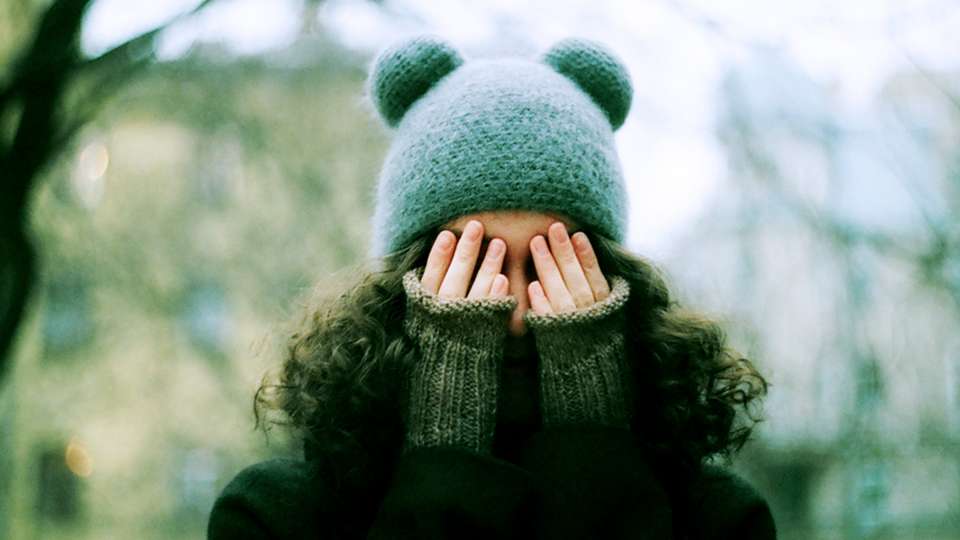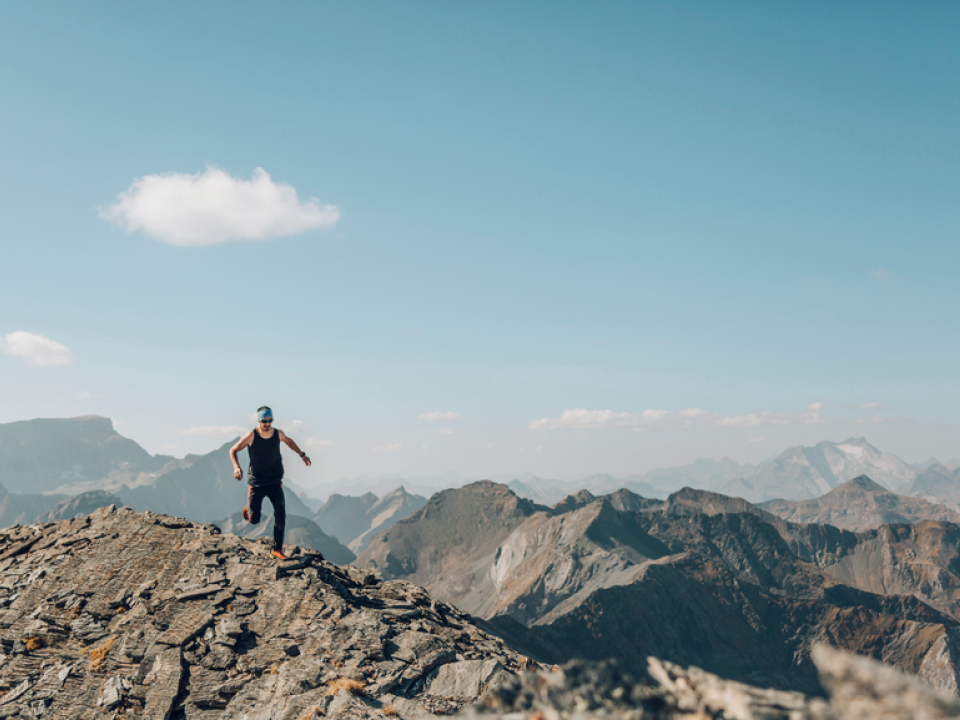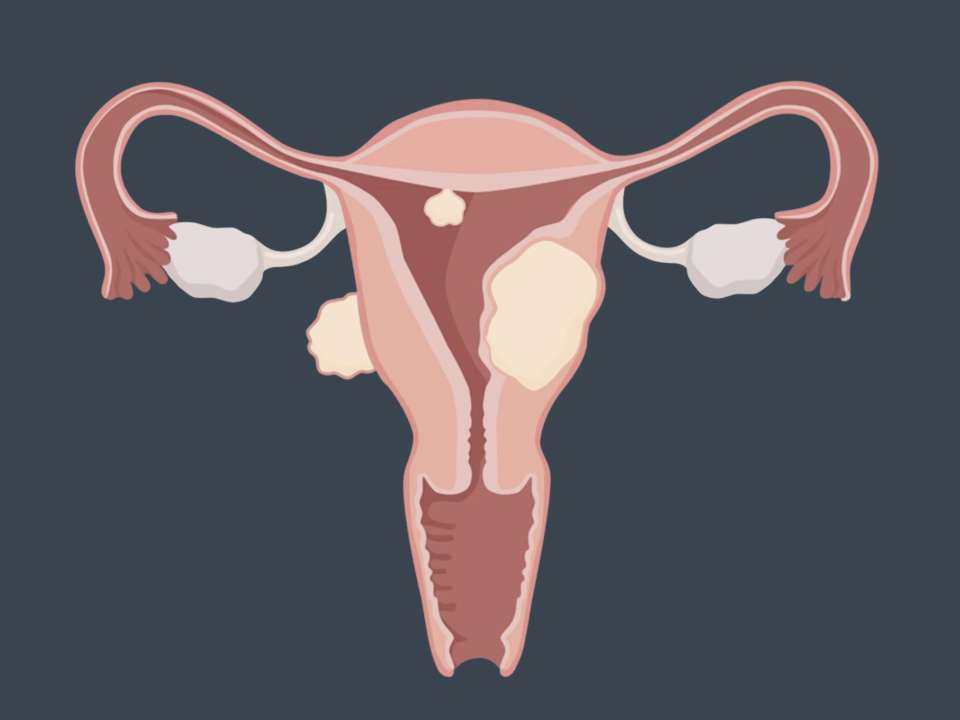
Though many of us associate the holidays with joy and fun, they have a darker side: winter-related injuries and illnesses.
(And, no, we’re not talking about seasonal affective disorder, though that’s definitely a thing.)
Summer is the most injury-prone season overall, in terms of emergency department visits, but winter has its own unique hazards.
To help you stay healthy during the season, we asked Dr. Marie Vrablik, an emergency medicine doctor at Harborview Medical Center, to give us the lowdown on some of the most common injuries and illnesses she sees during the winter.
Falls
While it’s important to stay active during the winter, getting out in the snow and on the ice can increase your chances of falling. Limb injuries, like broken wrists and legs, are common things Vrablik sees during the winter.
Sports injuries can happen in anyone who partakes in wintertime sports, but are especially likely in kids, Vrablik says. If your kiddo likes to ski or snowboard, make sure they’re wearing proper safety gear like a helmet or wrist guards (the same goes for you if you participate in winter sports).
If your favorite way to exercise during the snowy season is walking or running, make sure you wear shoes that have good traction, avoid icy patches and really focus on where you’re going so you don’t accidentally wander across a slippery area.
For those who like to hike, invest in some trekking poles or microspikes, which slip onto your hiking boots for extra traction.
Hypothermia
Another common winter-related injury is, perhaps unsurprisingly, hypothermia. Vrablik sees it more often in cold weather along with other exposure-related injuries like frostbite or what she and other doctors call frostnip, which is a minor version of frostbite.
If you’re spending a significant amount of time outside in the cold, make sure you have enough layers, especially a hat and gloves, to keep you warm — including waterproof ones if it’s raining.
For hikers and other outdoor adventurers, layers should be made of polyester, nylon or wool, rather than cotton, since cotton retains more moisture when you sweat and can put you at risk for hypothermia even if it’s not that cold out.
Flu-related complications
Late winter means an influx of flu-related visits to the emergency room, Vrablik says. Typically, flu season peaks around January or February in the Seattle area, though last year we also experienced a second (and unusual) spike around May.
But she cautions against making an emergency room visit if you think you have the flu because there isn’t much doctors can do — and you’ll probably just end up infecting more people.
“We don’t recommend Tamiflu [an antiviral to treat flu] unless your immune system is compromised,” she says.
This is because the drug has to be taken within 48 hours of infection, and typically only shortens your illness duration by about a day. It can be helpful for someone with a weak immune system, however, because their body might not be able to fight the flu on its own, which could lead to dangerous complications.
The best thing you can do to protect yourself from flu is, of course, getting your flu shot and washing your hands regularly.
Most people will get over the flu on their own if they just stay home, rest and stay hydrated. But there are a few situations where it’s a good idea to seek emergency care if you’re sick.
“If you have the flu and have difficulty breathing, if you become concerned that you’re not able to stay hydrated, or if your consciousness is altered, this could be from severe dehydration or another really rare complication of flu called flu encephalitis,” Vrablik says.
In any of those cases, get to the emergency room ASAP.
Alcohol poisoning
For some people, making merry and staying warm during the cold weather often involves alcohol. And while there’s nothing wrong with having a drink here and there, drinking too much — perhaps unknowingly — can lead to alcohol poisoning.
And it’s not just the alcohol itself that people have to watch out for, Vrablik cautions.
“Alcohol poisoning can lead to conditions like atrial fibrillation; we call it ‘holiday heart’ because we see it more around the holidays,” she says.
It’s not just about poisoning, either, but what all that drinking leads to. Vrablik sees people who end up in the emergency department because of alcohol-related falls, car accidents or fights.
To avoid any ill effects from too much alcohol, make sure you know your limits and stick to them, and if you plan on having several drinks, always have a designated driver so you aren’t putting yourself and others at risk on the road.
Car accidents
Speaking of not drinking and driving: Car accidents tend to increase in the winter, Vrablik says.
“In general we see more motor vehicle accidents, maybe due to people feeling rushed or distracted,” she says.
But also due to drinking and other things like visibility issues, icy road conditions and evenings getting darker earlier. (And Seattle’s many hills that turn into ice slicks after days of rain.)
Use extra caution if you’re driving in the winter, especially when it’s dark out and especially in areas where there could be ice or snow on the road. Minimize distractions by putting your phone away so you can really focus on the road.
The takeaway
The best way to protect yourself during winter is really just to use common sense and stay cautious.
“Consume substances responsibly, wash your hands, don’t be distracted, be careful out on roads and be careful in snow and ice,” Vrablik says.

 Healthy ideas for your inbox
Healthy ideas for your inbox





